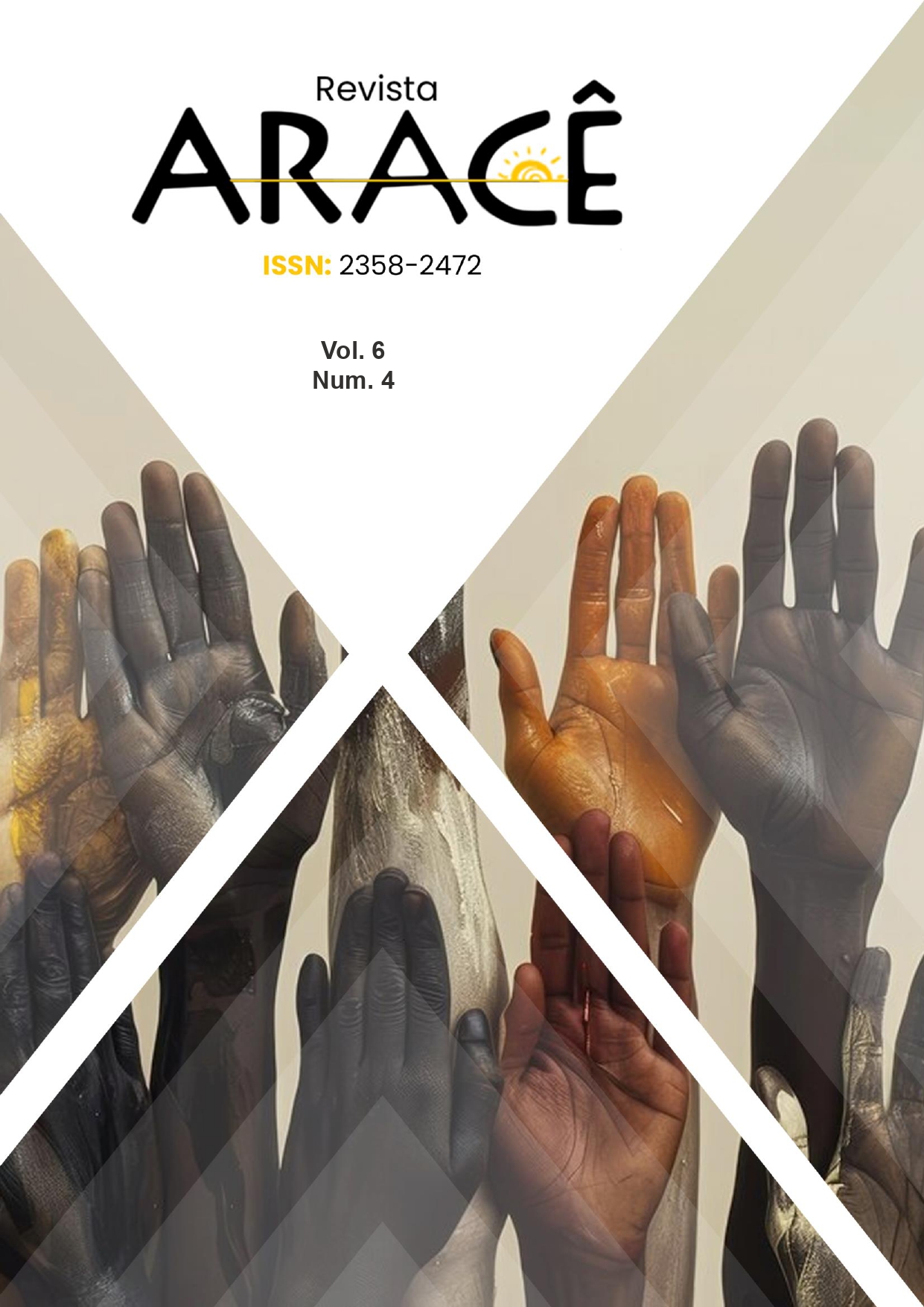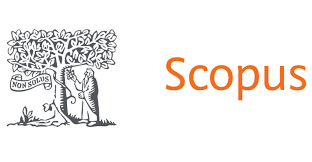INSTRUMENTS FOR THE ANALYSIS OF THE RELATIONSHIP WITH KNOWLEDGE IN THE AREA OF NUTRITION
DOI:
https://doi.org/10.56238/arev6n4-342Keywords:
Nutrition Teaching, Maternal and Child Nutrition, Menus, Nutritional Knowledge Matrix, Relationship with knowledgeAbstract
In this article, we propose three research instruments that can be used to analyze the relationship with knowledge in the area of Nutrition, both in work situations and in formal learning environments, especially universities. Through one of the proposed instruments, called the M(SN) Nutritional Knowledge Matrix, we analyzed 29 syllabuses of disciplines related to Maternal and Child Nutrition (NMI) from public institutions in the Northeast Region of Brazil. We found that the vast majority of documents (90.95%) prioritize the description of study content related to NMI to the detriment of information related to the students' teaching and learning process. In other words, learning, as well as professional performance, is not highlighted in the syllabus of the disciplines. Thus, we believe that the M(SN) instrument has proven to be an appropriate tool to indicate guidelines for the restructuring of disciplines and PPCs, aiming to broaden the restricted view of guiding documents for the training of Nutrition professionals, which focus only on the contents to be addressed, but do not include suggestions to think about the personal and social relationships that teachers and students establish with the so-called Nutritional Knowledge.






